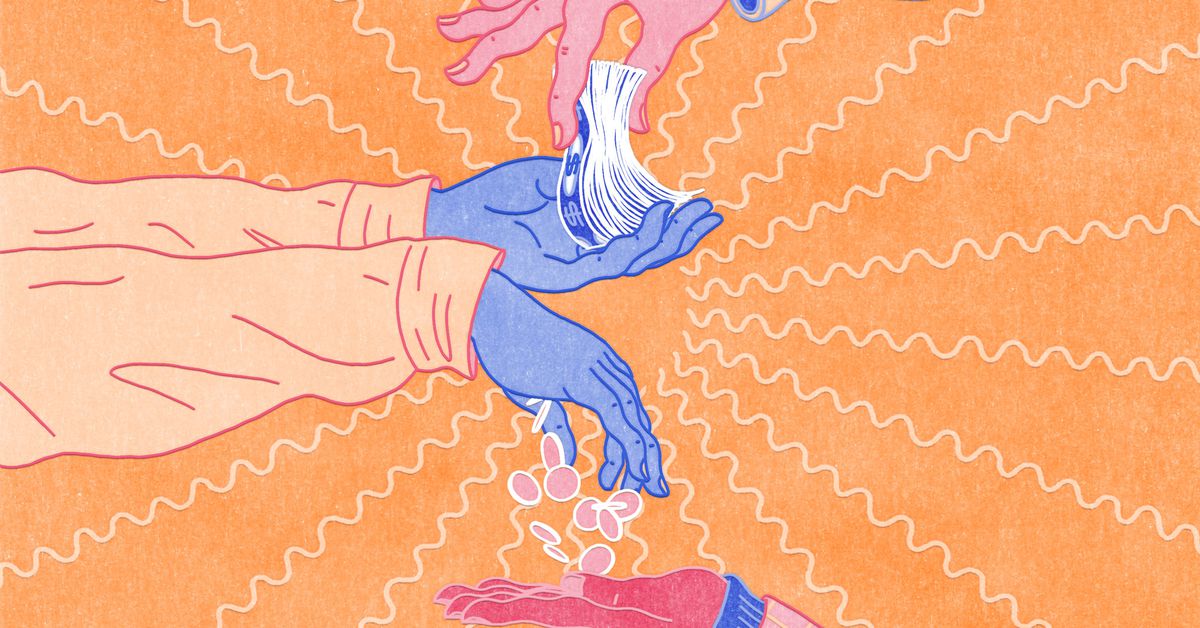Before we talk about how to prevent it, let’s see how learned helplessness can happen in a development team. There are 2 main patterns:
Pattern #1: Process-related Learned Helplessness
In this case, the team needs to follow processes that have either been externally imposed, or internally imposed but no-one remembers exactly why.
Pattern #2: Complexity-related Learned Helplessness
In this other case, the source of powerlessness is sheer scale and/or complexity. There is truly no-one who understands the emergent behavior of the system.
Source: OKAY | Why the status quo is so hard to change in engineering teams
So I’m currently reading the book Learned Optimism, by Martin Seligman, which just so happens to be the seminal psychological work which teaches people how to combat learned helplessness. I’ll skip trying to give a primer on the process, but the one key that I need to talk about here is that you have to be objective in finding explanations for negative things in your life. Pessimists generally blame themselves for everything, and we all know that’s not fair. Even pessimists wouldn’t blame other people for their own problems when it’s obvious that they aren’t, but they will happily continue to blame themselves for problems that they know they are not responsible for.
People often think I’m a pessimist, but I’m not. I’m objective. I’m so objective that it’s almost a superpower. In that objectivity, I often realize that I am the source of the problem. That may appear to others that I’m a pessimist. However, I’m not afraid of calling a spade a spade, and pointing out that a problem is someone else’s fault, either. And I’m about to explain how this whole topic of discussion is, in fact, someone else’s fault, it’s systemic, and it’s not going to change.
The quoted article found its way to “Hacker” “News,” but you have to understand that this is a blog post from a company which sells software that purports to solve these problems for teams of programmers. I say, “hogwash.”
Every one of the problems listed in the article is the result of bad management.
Period. There’s no getting around it, and there’s no sugar coating it. In the vein of the article, “there are 2 main patterns” why.
First, in our modern feudalism of corporations, the low-level managers are like barons, the middle managers are like earls, upper managers are like dukes, and the C-levels are like princes. Everything flows from the top down. Everyone is playing political intrigue for more power, in the only terms that the corporate structure can understand and deal with: budget and headcount. No one will deal with fixing a problem if it doesn’t directly contribute to their standing with their peers or superiors, and problems with software build systems, infrastructure, or technical debt are simply invisible to anyone not dealing with it directly.
Second, the days of building a company to last 100+ years is gone. J. Irwin Miller built Cummins into a world-spanning empire, and then retired. Then the company started implementing all the trendy business-school ideas, and was getting run into the ground. Miller came out of retirement and righted the ship, and then retired again. Those days of people caring about a company like this are gone. Everyone is out to “get theirs,” and then hit the brcks. Everyone knows this, but we still like to pretend that anyone in the bridge cares if the company actually survives in its efforts to make the next $100M.
From HR systems to compensation to benefits, companies are deeply, deeply afflicted with myopic vision. It’s driven from the very top, where every decision of significance is made in view of the almighty stock price. Corporate boards encourage this behavior by tying executive pay to stock options. For decades now, we’ve watched big companies sacrifice long-term performance for short-term gains, because it will net the corporate officers tens of millions of dollars in stock grants. If there’s any hope in this situation, it’s that most of the excess capacity in corporate America has already been wrung out (q.v., the recent supply chain issues), and there’s nothing left to pillage, either internally, or by corporate raiding. (The play now is to merge to form effective monopolies and duopolies, and extract all the profit from your market, but that’s another topic.)
When you combine a lack of visibility with a lack of vision, you get an appalling lack of concern for issues that the rank-and-file serfs deal with.
The fact that issues that programming teams deal with are highly-technical doesn’t matter at all. In fact, it works against them, because fixes are more expensive than in other teams. Say, like buying yet another web service, on top of all the others you already subscribe to, in order to apply metrics to problems that management will never fix, because they neither understand nor care.
There are a lot of examples I could write about here, but one stands out. I know of a person who was briefly involved with an effort to quantify the development process for his Fortune 150-sized company, much like the linked article. When he talked with a knowledgable insider about the system, it was one shocking revelation after another. The system was down more often than it was up. There was no way to estimate how long a build would take. There was no way to check on the current load of the system. There was no way to check on jobs, other than to log into a remote machine and tail a log file. The system wouldn’t even send out an email at the end of the build to indicate success or failure, because it would show how badly the whole thing performed.
So a “baron” in another group got the bright idea that they would oversee the writing of a dashboard to overlay metrics on the process, so that the “earl” who was responsible for it could “see what parts to focus on.” Let that sink in… Do you see the problem here? This manager thought that he would be allowed access to the various running processes of the system, to quantify, graph, and display them — like, on the shared screens in common spaces — when the owner of the system wouldn’t even allow emails about the success or failures of builds to be sent out, which is the most basic of all metrics, and which would have required only a single checkbox to be ticked. The mere idea of this project was so hopeless as to border on insanity.
The people responsible for the system already knew about its problems. They didn’t need metrics. They didn’t care! Whether that was from a lack of budget or a lack of headcount or a lack of technical ability or a lack of communication with other teams… none of that mattered. The people responsible for the system weren’t willing to spend their political capital to fix the problems of the system. And whether that lack of will came from their own political ambitions or a lack of understanding or a lack of vision… none of that mattered either.
The article talks about why developers get frustrated, and proposes that metrics will fix it. Their system won’t help, because, in most companies, it’s not about a lack of metrics. It’s a lack of will, motivated by personal ambition, gamed by incentivizing short-term productivity. As a developer in a group like this, you can blame yourself, or you can look for opportunities internally, or you can take your show to a different stage. All of those responses are in the HN thread about the article. We all have to find our own balance points between our predilections and our companies’.
As a developer, you can alter your internal “explanatory style” to move the blame for the problems you have to deal with to systems or software or people, but all of that misses the real point.
In post-modern, Fortune-sized, American corporations, the problem is management, and all management starts from the top. The corporate officers set the leadership paradigm the rest of the company will adopt, and they are being strongly incentivized against long-term investment in tooling and process. This mindset trickles all the way down to the bottom. If there are problems with “getting stuff out the door,” they will almost always hire more people, because that’s almost always the easier and cheaper solution than retooling an entire department with new software and process. And then, every 5-10 years or so, they will bury their failure to address actual productivity problems with yet another “reorg” or sweeping IT platform change.



